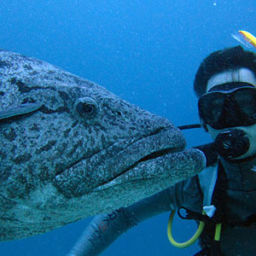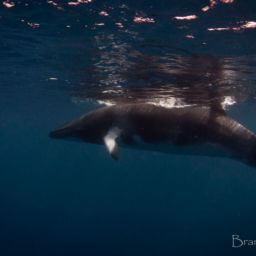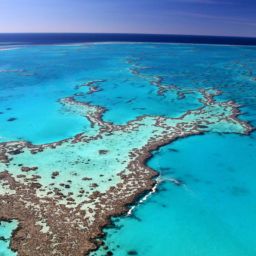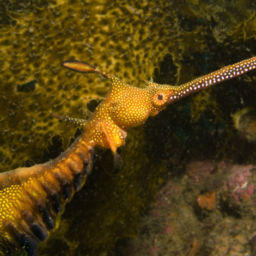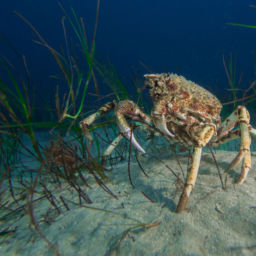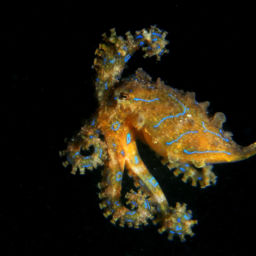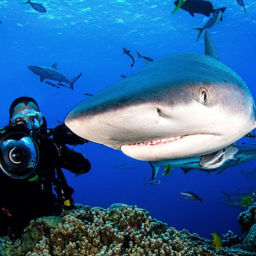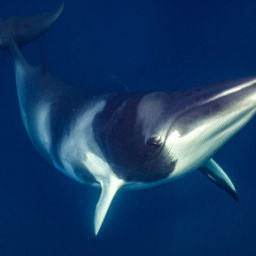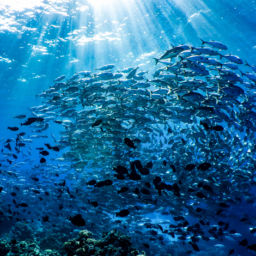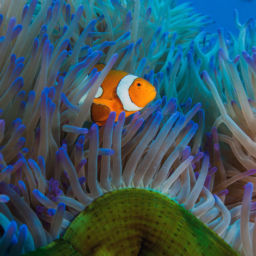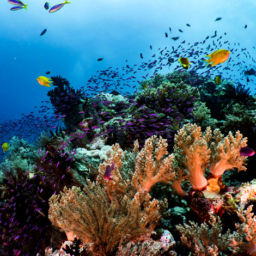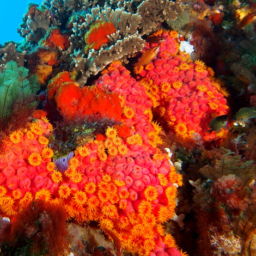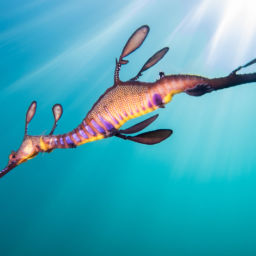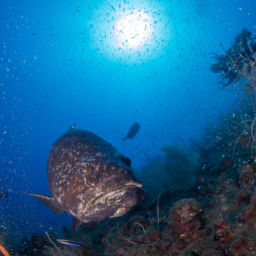The word on the street is that the Great Barrier Reef is nearly dead, or at least certainly dying. A tragedy of this scale would be hard to fathom, not only for tourism but also for the incredibly complex and vast number of species that rely on a coral-reef ecosystem for survival.
Coral bleaching is not good news. But it’s important to note there is a difference between coral bleaching and coral mortality. When corals are stressed by warmer-than-usual water temperatures, they expel the colorful algae on which they feed, turning them white. This is referred to as bleaching. If the stress-caused bleaching is not severe, corals can often recover. However, if the algae loss is prolonged and the stress continues, the coral eventually dies.
While media has reported the bleaching as widespread, effectively writing off vast chunks of the reef, the reality is far more complex. Proximity to cooler currents upwelling along the Continental Shelf, localized weather conditions, and other regional conditions such as sediment and nutrient runoff from land can all affect reef health.
Sadly, coral bleaching and coral mortality are affecting this epic world treasure. But the Great Barrier Reef is vast, stretching around 7,545 miles (2,300km) along the northeastern coast of Australia. And while many areas have been affected, there are plenty of others that still thrive.
Mike Ball Dive Expeditions has been running liveaboard diving along the Great Barrier Reef since 1981. The industry has changed a lot in that time and so has the reef, but the one thing that hasn’t changed is guest satisfaction. “Spoilsport travels 450 miles each week and this mobility gives us the freedom to pick and choose the sites we visit,” Mike says.
“There are some sites we no longer visit, however, in looking further afield it’s been exciting to discover new fantastic sites. This has ensured the quality of diving our guests experience has not been affected.”
Each year, Mike Ball runs a Turtle Spectacular expedition to Raine Island on the far northern section of the reef. The abundance and diversity of coral here is mind-blowingly good, with guest Aimee Dorfman from the USA reporting it was, “the healthiest coral I’ve seen in 25 years of diving.”
With occupancy for the liveaboard at around 95 percent, demand for diving on the reef is still high. With freedom to roam, there is still an abundance of world-class diving to be had to satisfy an experienced, international market.
There is no doubt that climate change and warming seas are affecting the health of the Great Barrier Reef. There is much we must do to help protect it into the future. But for Mike Ball Dive Expeditions, for now, it’s excellent diving as usual.










